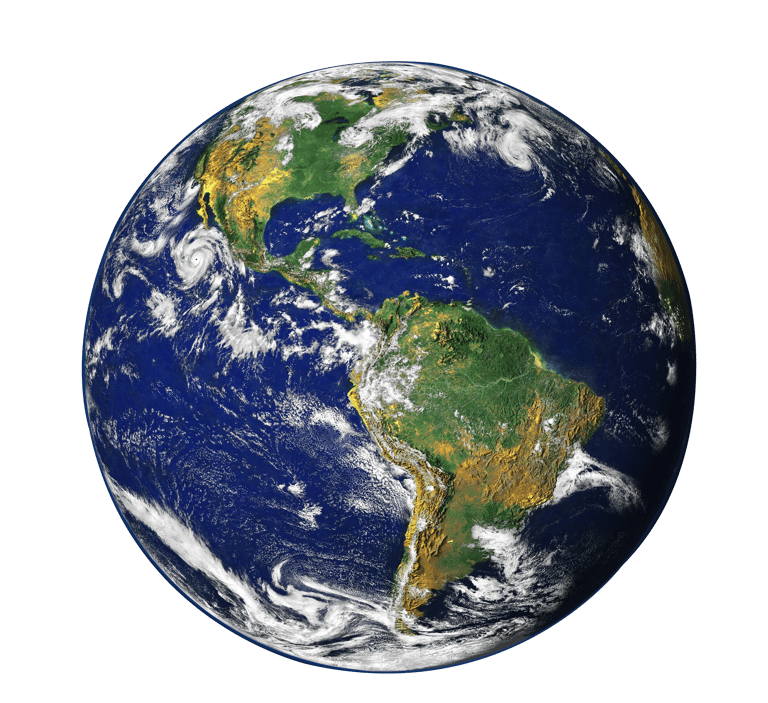The 2017 Riyadh Summit: A New Era in U.S. Foreign Policy and Middle Eastern Alliances
U.S. President Donald Trump held a summit with leaders from several Middle Eastern countries in Riyadh, Saudi Arabia in May 2017. The summit was intended to create a coalition of Arab nations to confront Iran.
MIDDLE EAST,POLITICS
global n press
5/25/20174 min read


Background of the Riyadh Summit
The Riyadh Summit, held in May 2017, marked a pivotal moment in the discourse of U.S. foreign policy, particularly regarding its relationships with Middle Eastern nations. At this time, the political landscape of the region was characterized by pronounced tensions, particularly between Iran and various Arab states. The shifting alliances and ongoing conflicts, such as the civil war in Syria and the situations in Yemen and Iraq, contributed to an atmosphere of instability. Many Arab nations were increasingly apprehensive about Iran's influence and ambitions, which were perceived as a direct threat to their sovereignty and security.
Prior to the summit, the Obama administration had adopted a more conciliatory approach towards Iran, exemplified by the 2015 nuclear deal aimed at curbing the nation's nuclear ambitions. However, this policy faced criticism from many Arab leaders who believed that it emboldened Iran, allowing it to exert greater influence over its neighbors. With the election of President Trump, a shift towards a more aggressive U.S. foreign policy became evident, characterized by efforts to rein in Iranian expansionism and to strengthen ties with Sunni Arab monarchies.
The Riyadh Summit thus served as a platform for aligning the interests of the U.S. and its Arab allies against Iran's perceived aggression. The event brought together leaders from various Arab nations, along with other key figures from the Muslim world, to forge a united front against common threats. Notably, the summit emphasized a commitment to security cooperation, counter-terrorism, and economic partnerships, outlining a new vision for U.S.-Arab relations that starkly contrasted with the preceding administration's approach. This shift represented a reconfiguration of alliances within the Middle East, setting the stage for a more confrontational U.S. stance in the years to follow.
Key Objectives of the Summit
The 2017 Riyadh Summit marked a pivotal moment in U.S. foreign policy, emphasizing a renewed commitment to addressing regional challenges in the Middle East. One of the primary objectives set forth by President Trump during this gathering was the establishment of a coalition specifically aimed at confronting Iranian influence, which had grown significantly in the region. The summit provided a platform for leaders from various Arab nations to engage in discussions that centered on collective security and mutual interests.
In addition to addressing Iranian interference, the summit prioritized the promotion of stability among Arab nations through enhanced cooperation. Strategies discussed included intelligence sharing, military collaboration, and coordinated efforts to combat extremism. Regional leaders expressed a pressing need to unite against common threats posed by terrorist organizations, which have exploited local grievances and instabilities. The urgency of this situation was echoed in President Trump's calls for decisive action, emphasizing that a fragmented approach would only serve to embolden adversaries in the region.
Furthermore, the summit underscored economic partnerships as a cornerstone of this new coalition. Leaders recognized that fostering economic growth and development would serve to mitigate the conditions that allow extremism to flourish. Joint initiatives aimed at bolstering trade, investment, and infrastructure were proposed, with the understanding that a prosperous Middle East could lessen the appeal of radical ideologies.
The commitments made during the summit represented a significant shift in alliances and a commitment from the U.S. to support its partners in the region. The focus on collaborative strategies, combined with a clear stance against Iranian expansionism, illustrates a transformative approach in U.S. foreign policy and the fostering of resilient regional partnerships. These developments not only shaped immediate responses but also set the stage for ongoing engagements among the nations involved.
Trump’s Address: Call to Action for Muslim Nations
During the 2017 Riyadh Summit, President Donald Trump delivered a significant address that sought to redefine the diplomatic landscape between the United States and Muslim nations. The speech emphasized collaboration in combating extremism, positioning it as a pivotal moment in U.S. foreign policy. By calling on Muslim leaders to unite against terrorism, Trump aimed to foster a sense of shared responsibility among these nations, highlighting that the fight against extremism should be led by those most affected by it.
Trump's rhetoric was both assertive and direct, urging nations to take a stronger stance against radicalism. His declaration that “terrorism has no religion” intended to challenge the perception of Islam in the context of global extremism. Consequently, this message resonated with Arab leaders and was perceived as an invitation for greater partnership in addressing common threats. Many leaders welcomed this fresh approach, seeing it as a shift from prior U.S. policies that often alienated or stigmatized the broader Muslim community.
The reception of Trump's address sparked varied reactions within the region, as Arab leaders expressed hope for a mutually beneficial relationship that could yield collaborative efforts against terrorism. Some viewed the speech as a necessary call to action, while others were cautious of the long-term implications it might hold. The potential for redefining relationships hinged on Trump's ability to consistently engage with Islamic nations beyond mere proclamations during speeches.
Overall, the address was a strategic attempt to reshape the U.S. presence in the Middle East, signaling a desire for new alliances founded on cooperation against extremism. As such, it marked a significant moment where U.S. engagement was aligned with Arab interests, setting the stage for future interactions and diplomatic endeavors.
Impact on U.S. Foreign Policy and Regional Dynamics
The 2017 Riyadh Summit marked a pivotal moment in U.S. foreign policy, particularly regarding its approach to the Middle East. Under the previous administration, the U.S. maintained a relatively cautious stance, focused on diplomatic engagements such as the Iran nuclear deal. However, the summit signified a shift toward a more hardline foreign policy approach, emphasizing partnerships with key regional allies like Saudi Arabia and the UAE. This transition aimed to counteract Iranian influence and terrorism, altering the dynamics of existing U.S. alliances.
The immediate outcome of the Riyadh Summit was a renewed commitment to military and economic cooperation between the U.S. and its Gulf allies. The agreements reached included substantial arms deals and joint efforts against extremism, which enhanced the capacity of U.S. allies to confront regional threats. Consequently, this strengthened coalition dynamics reshaped the landscape of Middle Eastern geopolitics, fostering unity among Sunni Arab states against Shiite Iran. The emphasis on collective security set a tone that has continued to define relations in the region.
Long-term effects of the summit are still unfolding, particularly in relation to U.S.-Iran relations. The hardline stance adopted post-summit has led to increased tensions and aggressive measures against Tehran, including the withdrawal from the Iran nuclear agreement in 2018. These actions not only exacerbated hostilities but also prompted Iran to reassert its influence in the region, complicating the strategic calculus for U.S. foreign policy. As alliances continue to evolve, the repercussions of the Riyadh Summit will be felt for years to come, influencing regional dynamics and the broader geopolitical landscape in the Middle East.




